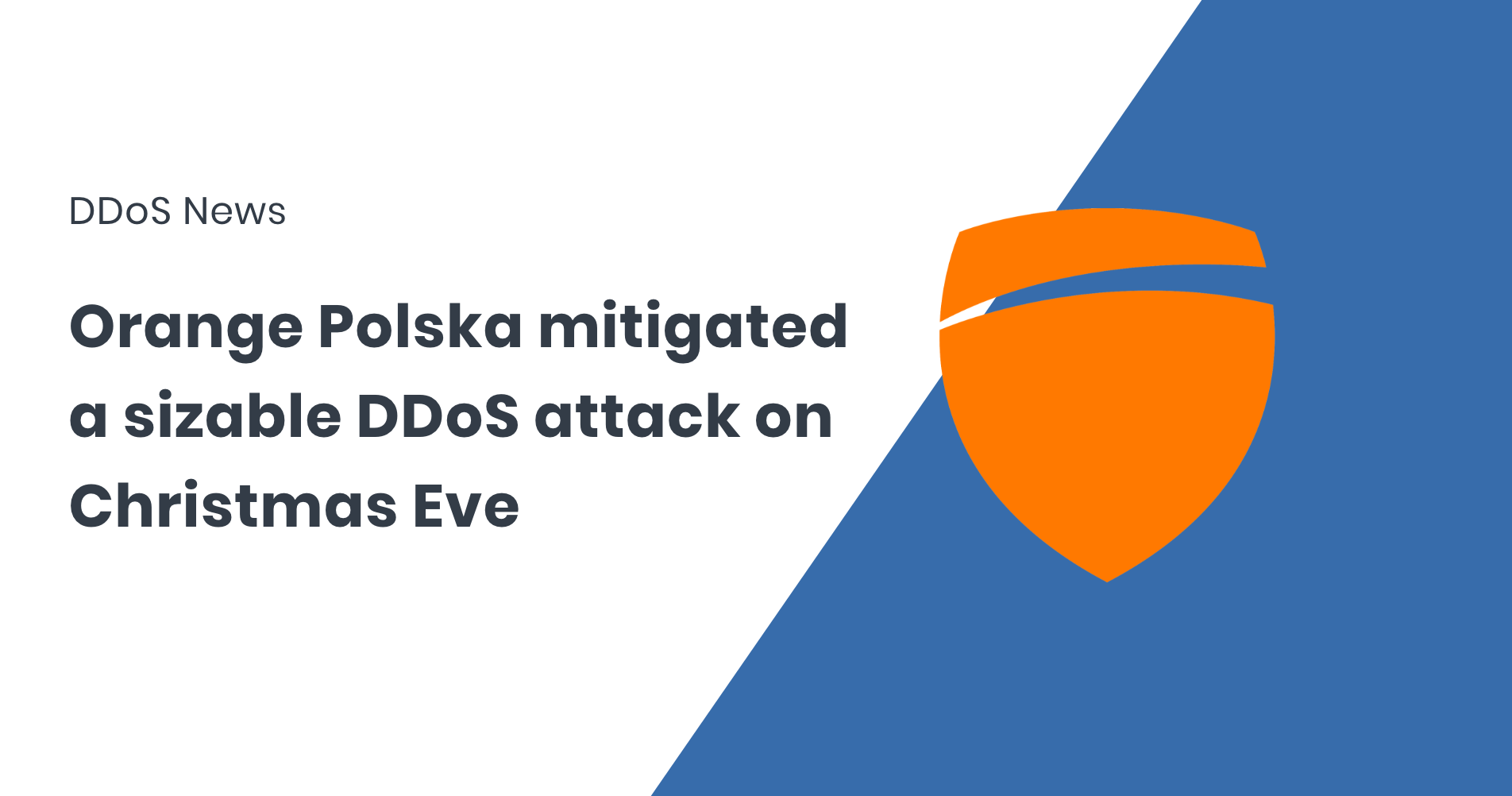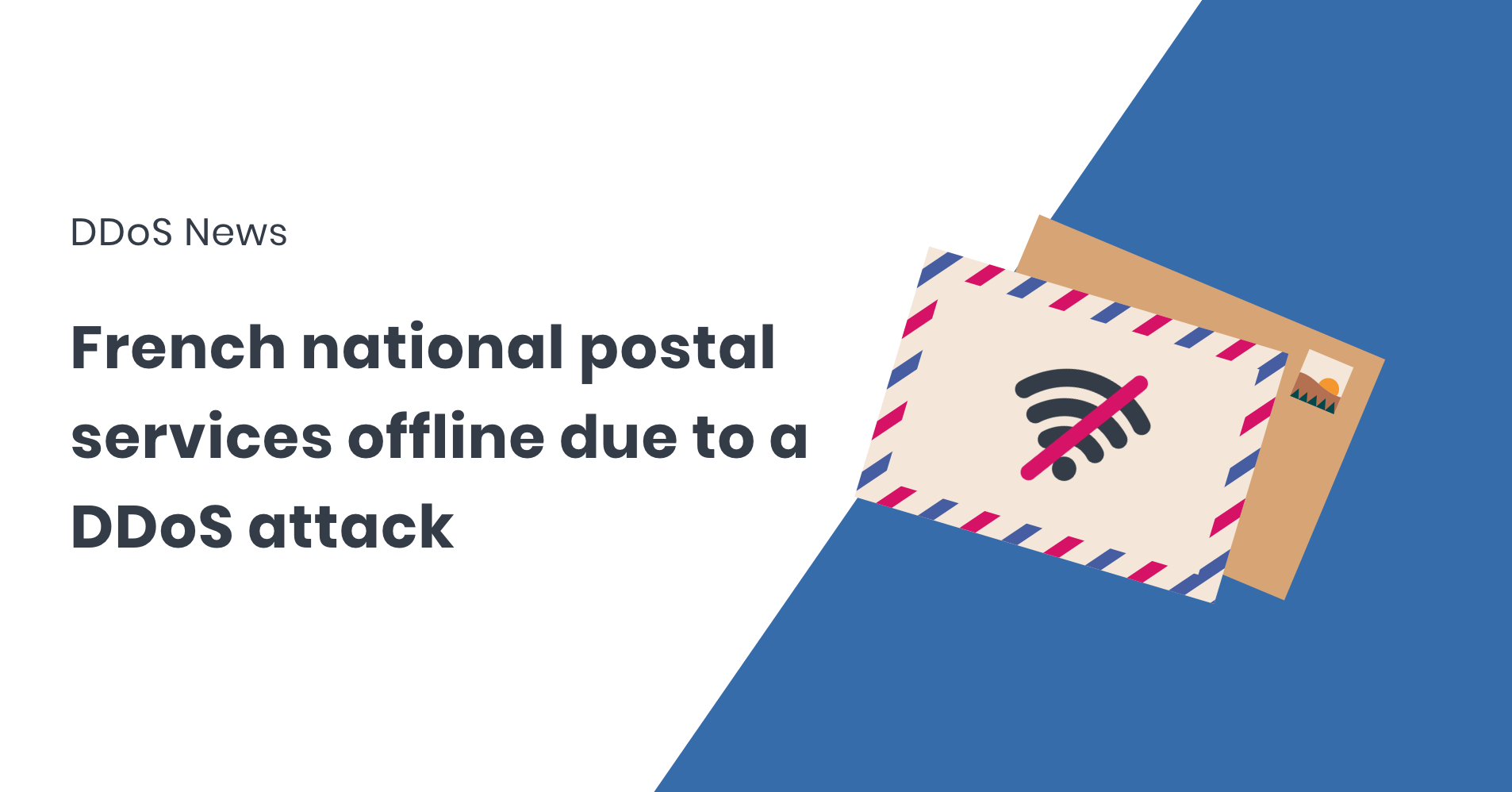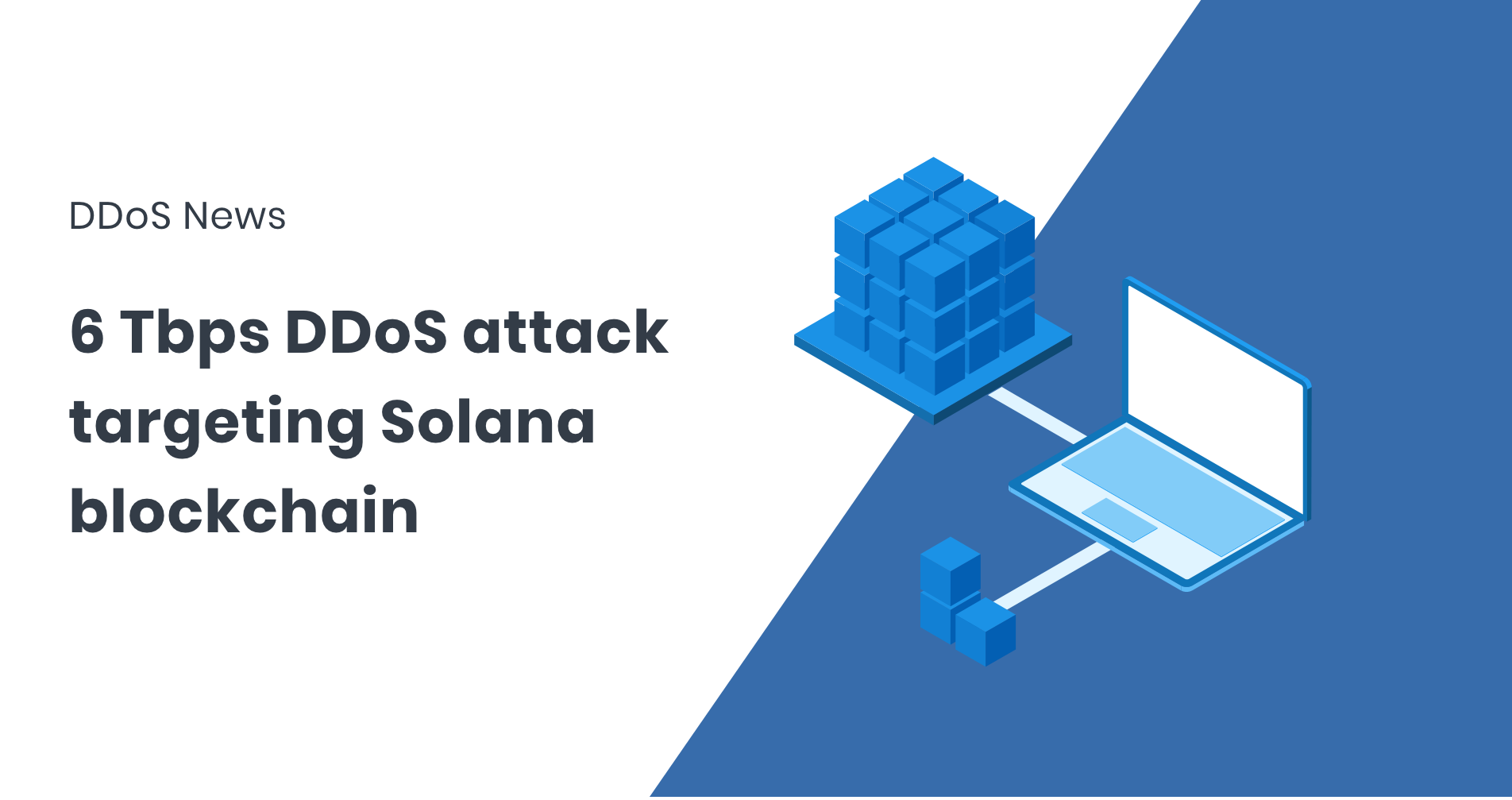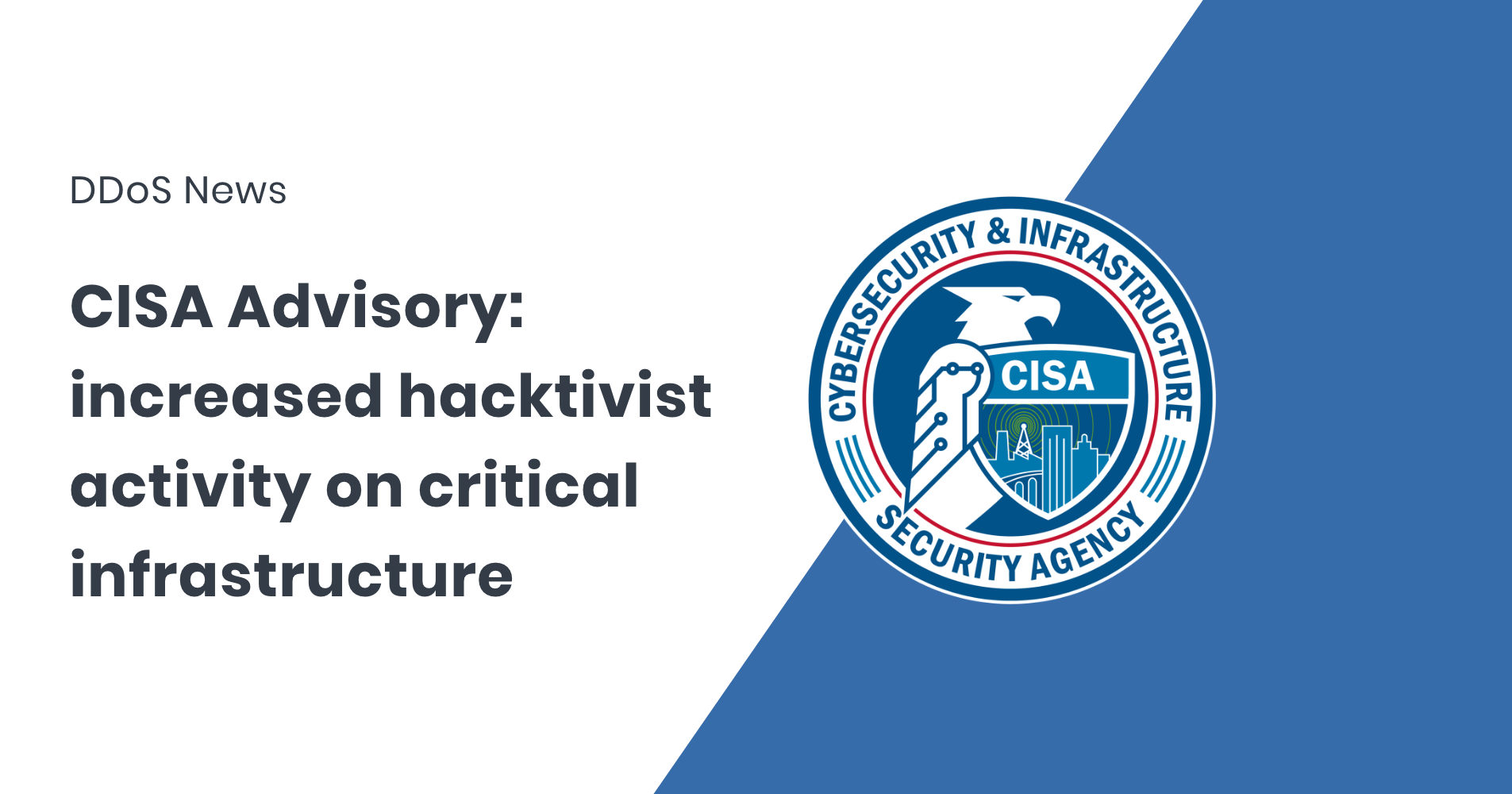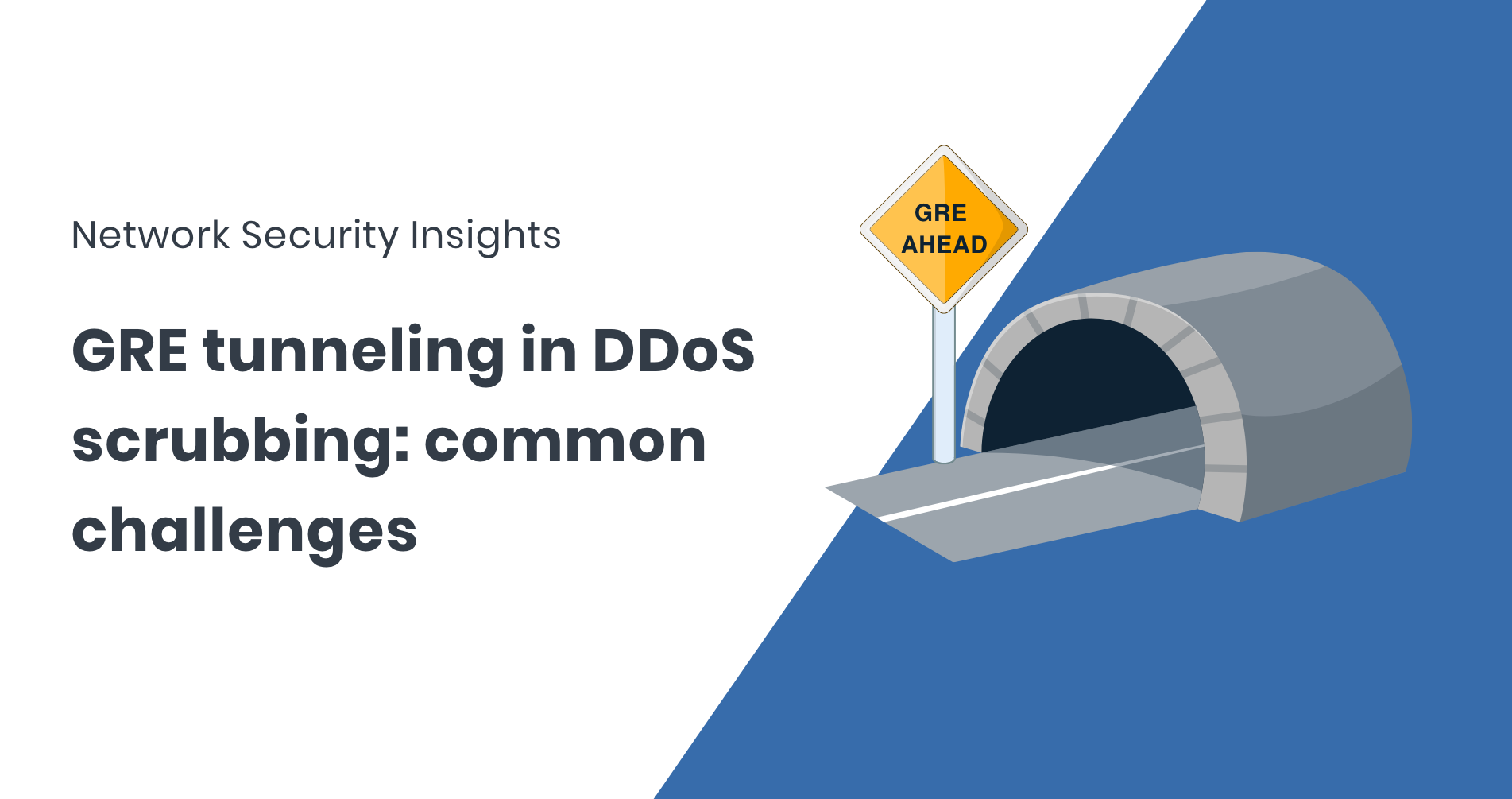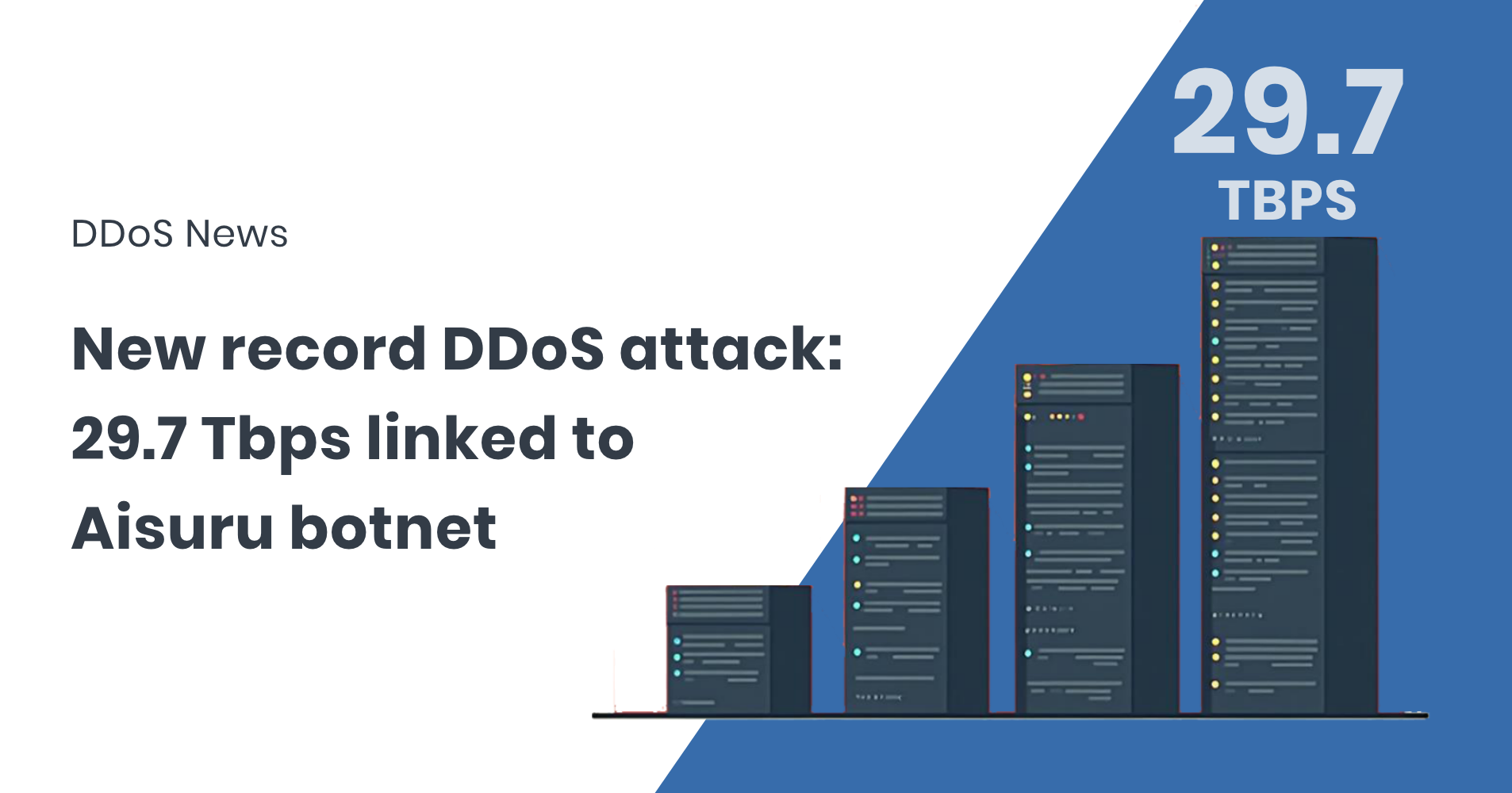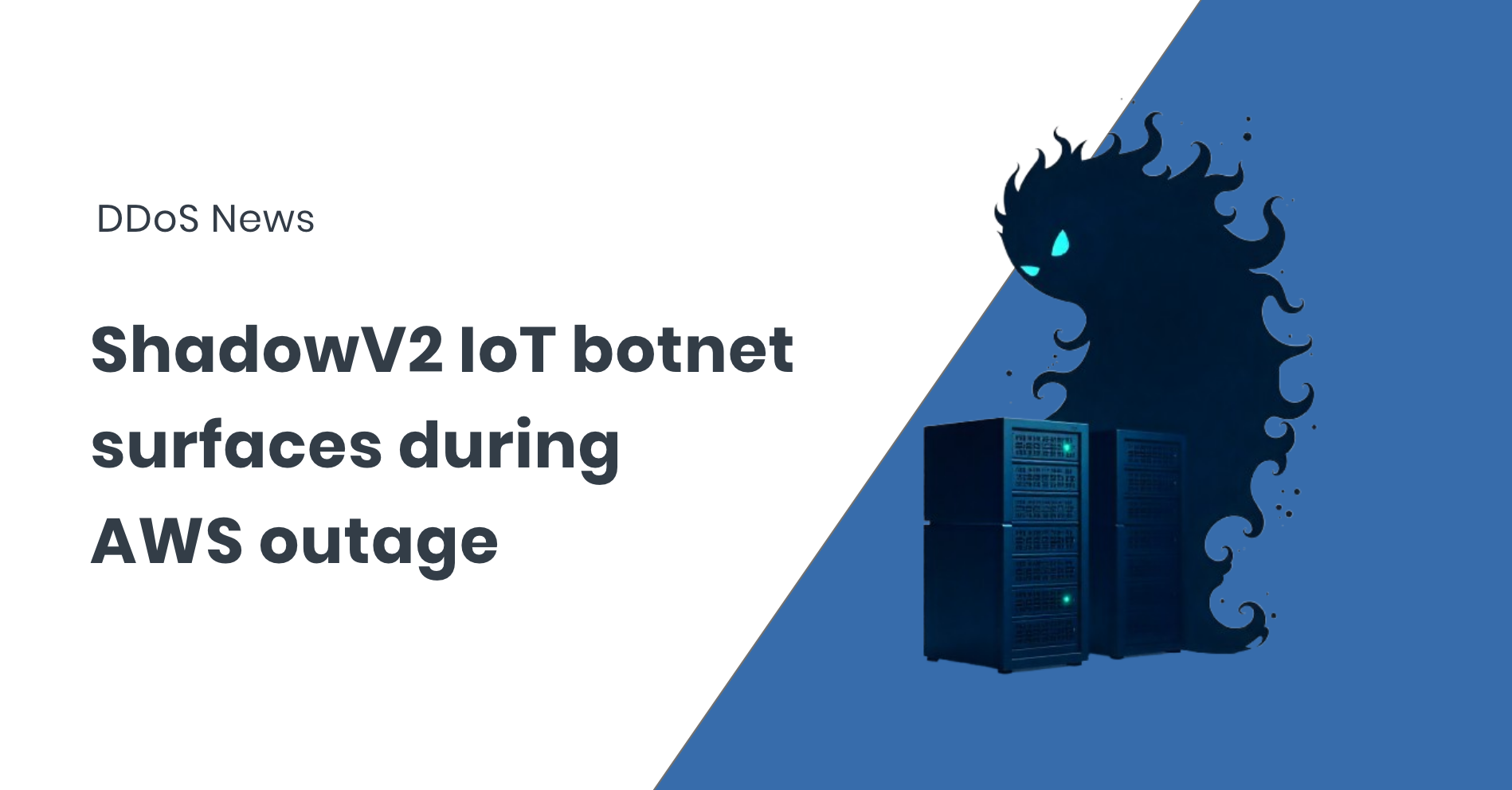Orange Polska mitigated a sizable DDoS attack on Christmas Eve, peaking at 1.5 Tbps. Orange Polska is the Polish national telecommunications operator and part of the Orange Group. The incident ...
A new “super botnet” Kimwolf reported by researchers Security researchers at XLab reently disclosed Kimwolf, a newly identified Android-based botnet that has allegedly infected more than 1.8 million devices worldwide. ...
DDoS News: France’s national postal service, La Poste, has confirmed that a DDoS attack disrupted its digital infrastructure, partially taking services offline and slowing parcel deliveries just before Christmas — ...
On December 16, 2025, Solana reported that its network had been under a sustained DDoS attack for approximately a week, with traffic peaking near 6 Tbps. Solana described the event ...
CISA, together with the FBI, the Department of Energy, the EPA, and international partners, have issued a joint advisory highlighting ongoing DDoS and intrusion attacks targeting operational technology (OT) and ...
This article is written by Herve Hildenbrand and was originally published on LinkedIn. Reposted with the author’s permission. A DDoS attack almost ruined my 40th birthday. Not the party, but ...
One of the most common ways to protect a network from large volumetric DDoS attacks is to divert the malicious traffic to a scrubbing centre. These dedicated networks remove harmful ...
DDoS news: December 4th 2025 A new world-record DDoS attack has been confirmed, peaking at 29.7 terabits per second (Tbps) and launched by the Aisuru botnet, a large DDoS-for-hire network ...
Every time law enforcement announces a major DDoS botnet operation, the Internet seems to exhale in relief. Servers are seized, operators arrested, domains pulled out from under them. For a ...
During late October 2025, a new Mirai-derived botnet dubbed ShadowV2 was observed exploiting unpatched IoT devices across multiple sectors and 28 countries. While the activity lasted only a day, it ...
